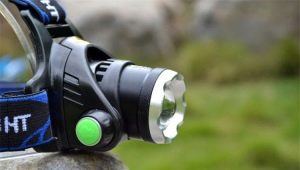Tourist gas cylinders: features and selection rules
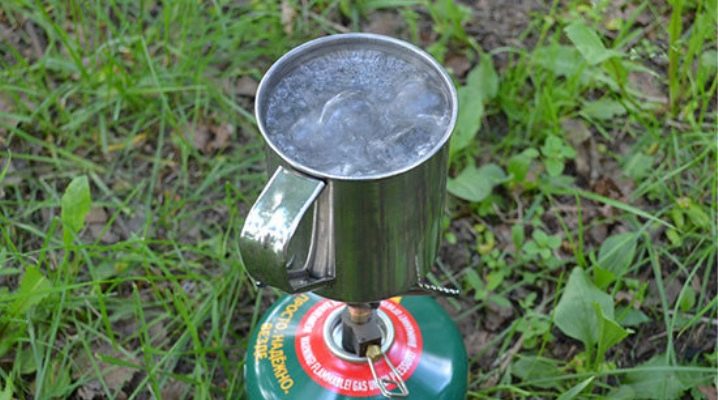
Tourism attracts a large number of people. But no matter how pleasant close contact with nature is, it is also very important to provide the necessary degree of comfort for your rest. An important role in this is played by a tourist gas cylinder for a camping hob, which must be chosen thoroughly.
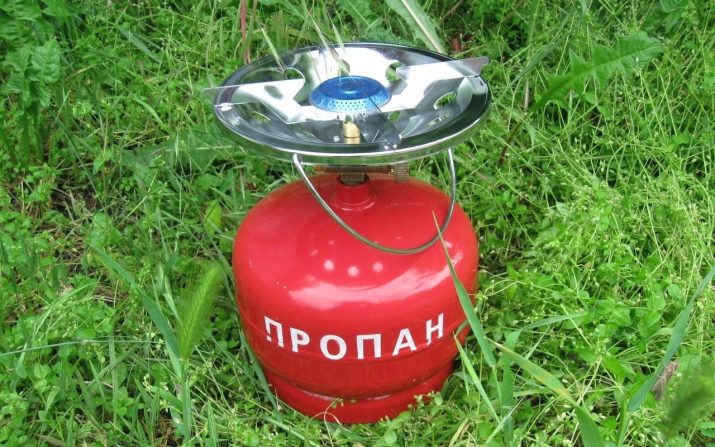
Specificity
The use of liquefied natural gas as a fuel began in the 1930s. But in the field version, cylinders with this fuel began to be produced only in the post-war period. Gradually, they replaced kerosene and all other types of tourist stoves. All reputable manufacturers of burner equipment also supply fuel tanks of the appropriate type under their own brand. They optimally match the camp hearths in terms of their design and technical features.
However, in practice, a variety of cylinders can be used for a camping stove. The only exception to the general rule is ADG products sold under the Campingaz, Coleman brands.
It should also be borne in mind that it is not necessary to purchase cylinders produced by the burner manufacturers themselves. The same products, and quite good quality, are made by other companies.To make the right choice, you need to take into account the specific type of device.

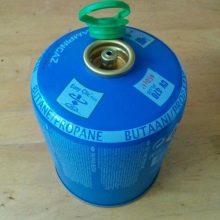
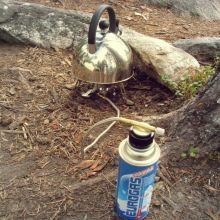
Varieties
It is customary to divide tourist gas cylinders into the following types:
collet;
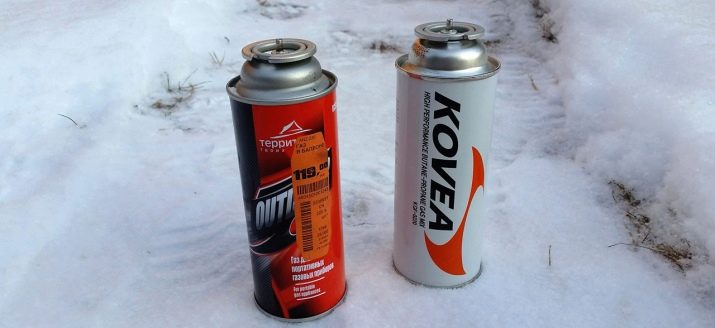
- threaded;
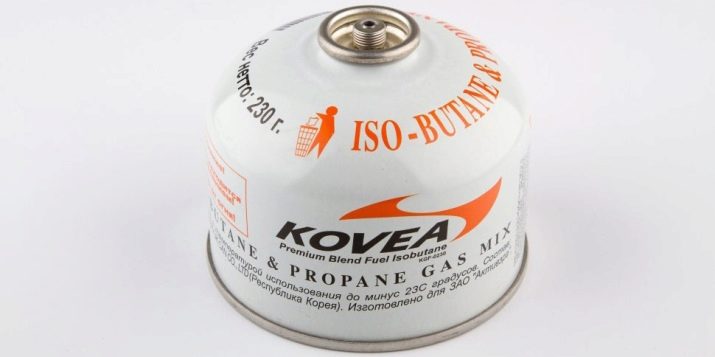
pierced;
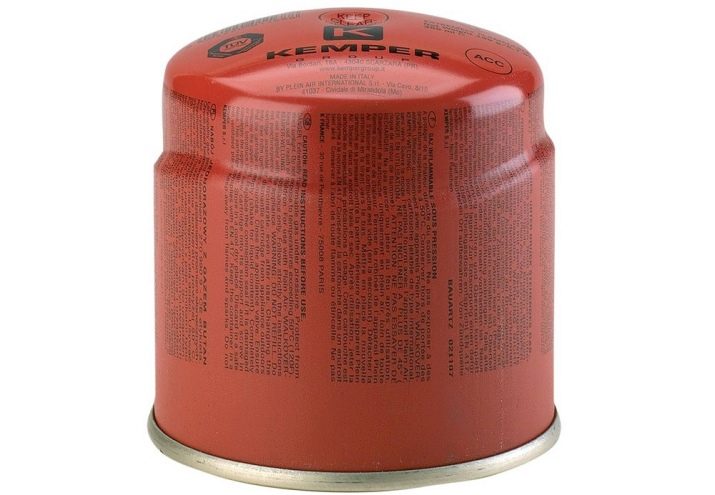
- valve.

In the case of a threaded version, it is provided replacement cartridge. Design features determine whether the burner itself or the hose attached to it will be screwed onto the thread. The capacity of the threaded cylinder is from 0.11 to 0.5 kg of gas. You will have to pay for it from 100 to 300 rubles. The exact rate depends not only on the capacity, but also on the manufacturer's pricing policy.
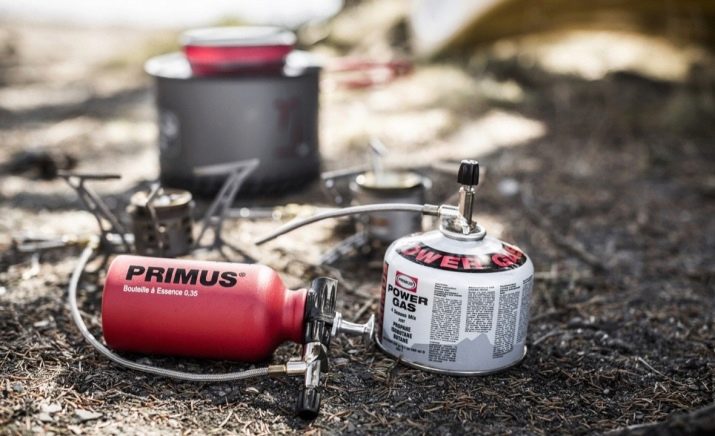
Collet tanks are sometimes called choke or rod tanks, and in everyday life even dichlorvos tanks. Such devices optimally manifest themselves in a mobile kitchen (tile). They can only be used in burners using a special adapter circuit. It is not always included in the kit, so it is advised to specify this moment separately when buying. The walls of a collet cylinder are thinner than those of a threaded one; they are periodically crushed at the points of docking with the burner. That's why install the gas source as carefully as possible.
Another problem in this case is that dichlorvos cartridges usually contain the worst fuel. For some reason, this opinion is shared by many experienced tourists. The weight of the gas inside is 0.22 kg. The cost is several times less than that of threaded counterparts of comparable capacity.
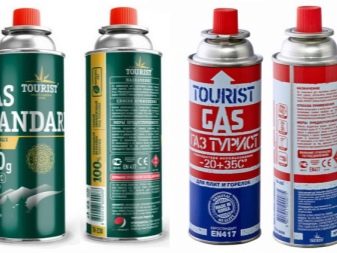

Valve cylinders are supplied only under brands Campingaz, Coleman. They will only fit burners under the same brand names. At the same time, it is also important to have a simple or improved connecting line of the variant Easy click. There is an opinion that such a joint under normal conditions will avoid even a very weak gas leak. The problem is that adapters from "thread" to "valve" are not mass-produced.
The internal volume in liters can be:
- 0,19;
- 0.23;
- 0,45;
- 0,5.
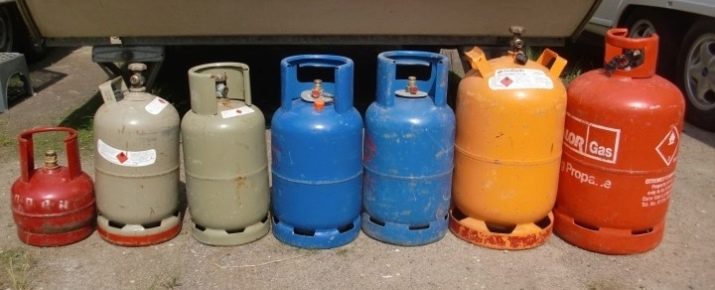
In most cases, according to experts, a capacity of 450 grams will suffice. As for pierced devices, they are produced not only under brands Campingaz, Coleman, but also under the brands Kemper and a number of other cheaper clones. Such products are intended mainly for picnics. Cylinders cannot be removed until the gas is completely used up. Pierced tanks are widely sold in European countries, where they can be purchased even at gas stations.
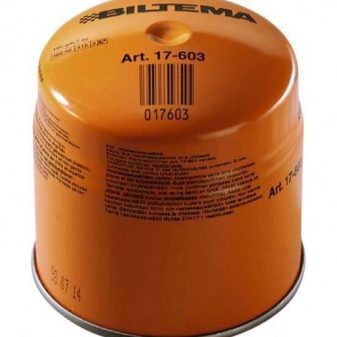

Internal filling and recommendations for selection
Of great importance, of course, is not only the cylinder itself, but also the gas contained in the internal volume. The tank is in most cases filled with a complex composite gas, which consists of:
- propane;
- butane;
- isobutane.

The ratio between these substances determines how well the burner will work, as well as whether it is suitable for cooking in the cold. Cylinders are mostly filled with propane and butane. in a ratio of 30 to 70 or 20 to 80%. But if you need to cook food at a low temperature, it is advisable to use butane in its pure form or in a mixture with isobutane. These gases should also be chosen in the case when a trip is planned in the summer, but stable work is very important.
Important: all the gas travel cylinders described above are not able to work if the air around is colder than -16 degrees.
"Winter" gas is denoted by the inscription "winter" or the symbol "snowflakes". Cylinders marked this way contain at least 50% propane.Manufacturers claim that such gas mixtures are designed for operation at temperatures up to -30 degrees.
Pure propane will be required for Coleman Propane Fuel tiles. Such a gas is suitable for temperatures within -42 degrees. But since propane needs to be liquefied at high pressure, it is placed in heavy, durable cylinders. Pure isobutane or pure butane is used mainly in summer conditions, in late spring or early autumn.
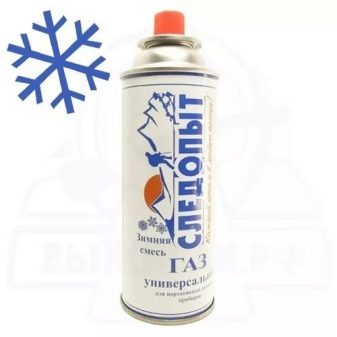

Important: if you need to cook in a significant frost, you should take either a propane or multi-fuel mixture. Containers of 220 or 450 ml are recommended to take on long mountain trips. Saving literally every gram of fuel is very important there.
To determine the required tank capacity, you need to remember that gas in a cartridge of 450 g is enough for cooking three tourists for 2 days. Therefore, 2 liters of gas will be enough for 15 days of travel. If you plan to make a trip within a month, you need to purchase a total of 5 liters of gas. Of course, with a different size of the expedition, you need to select a different amount of fuel. As for the type of cylinders, it is best to choose a collet format.
Such products can be purchased even in the most remote areas. This circumstance is very important when it is planned to get to the start of the route by air. Carrying gas on an airplane on a regular flight is prohibited. Yes, and when traveling by train, it is worth remembering this limitation. It is possible that luggage will be randomly checked.
Do not use refilled cylinders. The very design of such containers is initially created with the expectation of a single use. Of course, you should give preference to products of leading companies. They are more reliable than products of little-known brands.You should also carefully study reviews about a particular product.
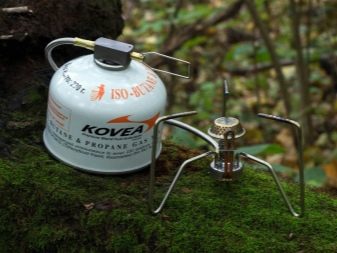
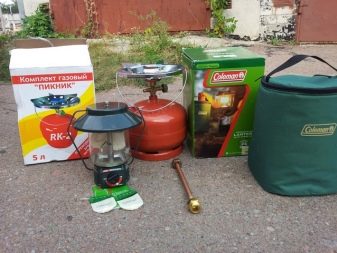
It is useful to know the real mass of various cylinders. In its pure form, this indicator (excluding gas) will be:
- for Swedish "Colemans" for 877 ml - 0.204 kg;
- for Chinese cartridges of 0.975 l - 0.216 kg;
- for Kovea and SnowPeak for 0.975 l - from 0.216 to 0.218 kg;
- for Primus at 0.23 l - from 0.132 to 0.135 kg.
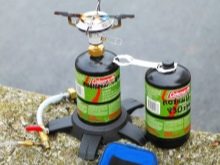
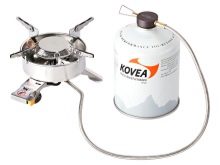
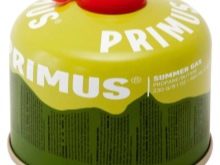
About tourist gas cylinders, see the following video.






















